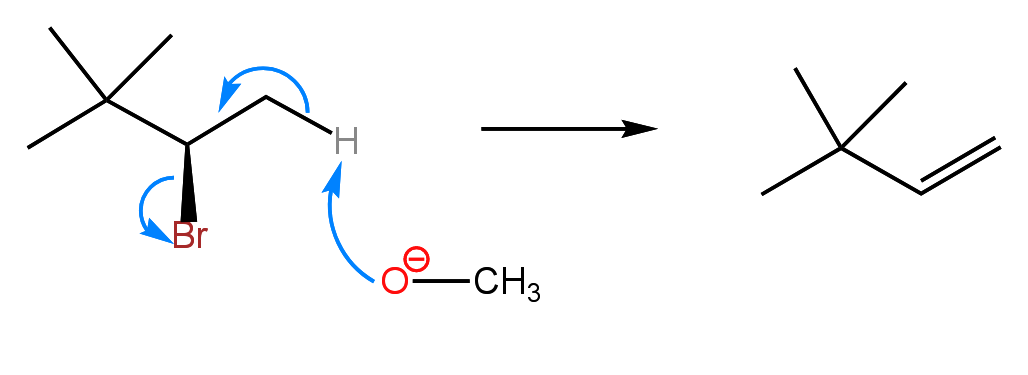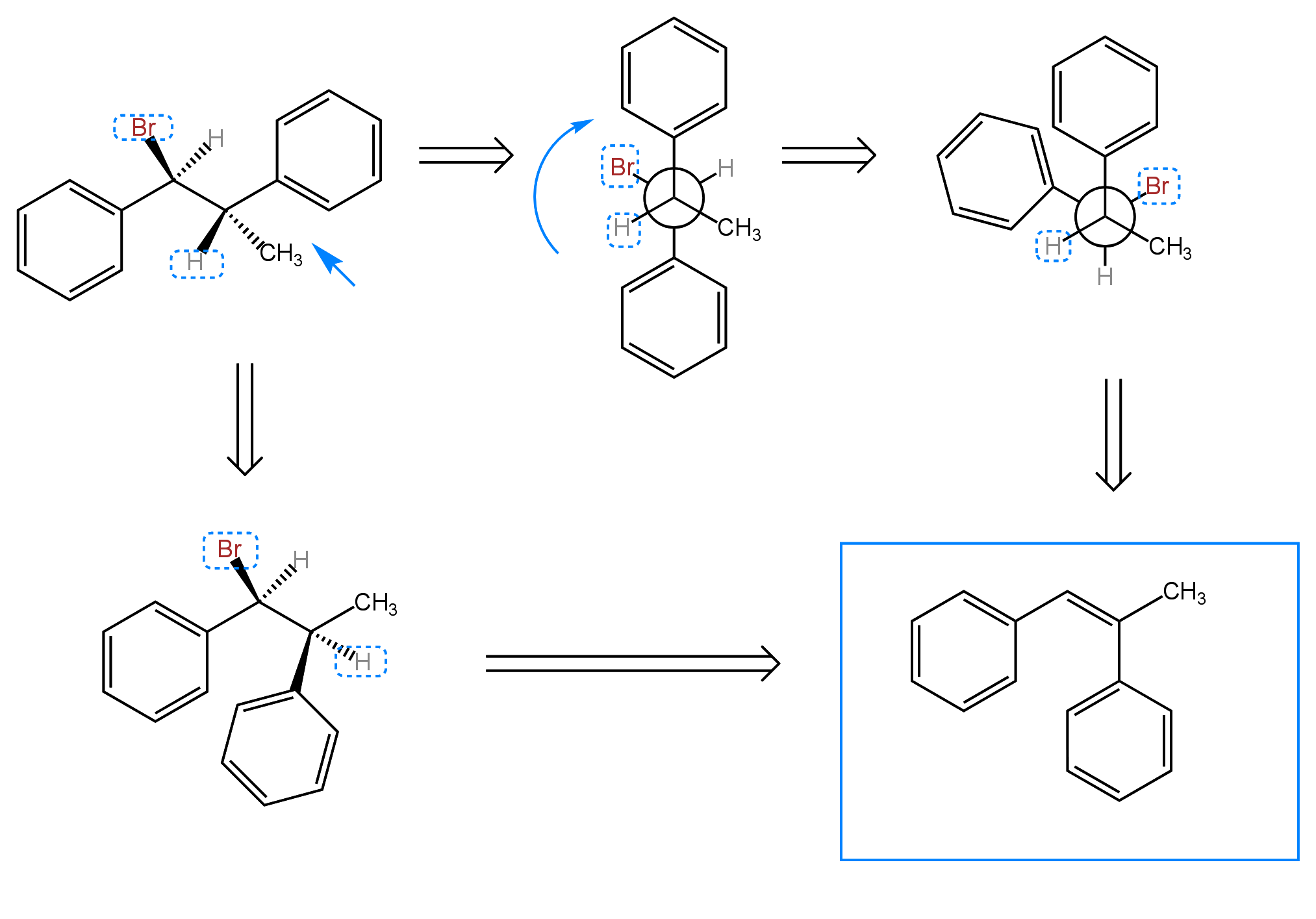Guilford Techno Consultants, Inc
E2: Beta Elimination
Sunday, April 30, 2023 by Guilford Techno Consultants, Inc. | Substitution and Elimination Reactions
Most first semester students find substitution and elimination reactions to be overwhelming, in part because of the sheer volume of information needed to understand these reactions. In terms of mechanism, they are relatively simple in comparison to many of the other reactions of the course. Some of the difficulty stems from the fact that substitution and elimination reactions compete with each other, making product prediction a challenge. Many students have trouble distinguishing between a nucleophile and a base, and additionally determining what constitutes a strong or weak nucleophile or base. In E2 elimination, also known as beta elimination, a strong base (i.e., hydroxide, methoxide, t-butoxide) deprotonates a carbon that is beta (next to) a carbon with a leaving group (alpha carbon). The electrons from the C-H bond push towards the carbon with the leaving group, thus forming a C-C double bond with loss of the leaving group. Below is the mechanism for an E2 reaction.

One of the problem spots of the E2 reaction is the requirement that the proton that is removed from the beta carbon is antiperiplanar to the leaving group, meaning that the proton and the leaving group must be roughly 180° apart. If this is not the case, the bond between the alpha and beta carbons must be rotated to meet this requirement. This requirement determines the stereochemical outcome (cis or trans) of the product. When I have to do a bond rotation to get the leaving group and the proton antiperiplanar to each other, I like to use a Newman projection. You can also do the bond rotation without a Newman projection if you prefer. Below, I illustrate both methods. Practice problems can be found under the OChemI tab. For each reaction, predict all of the possible products from E2 elimination.


